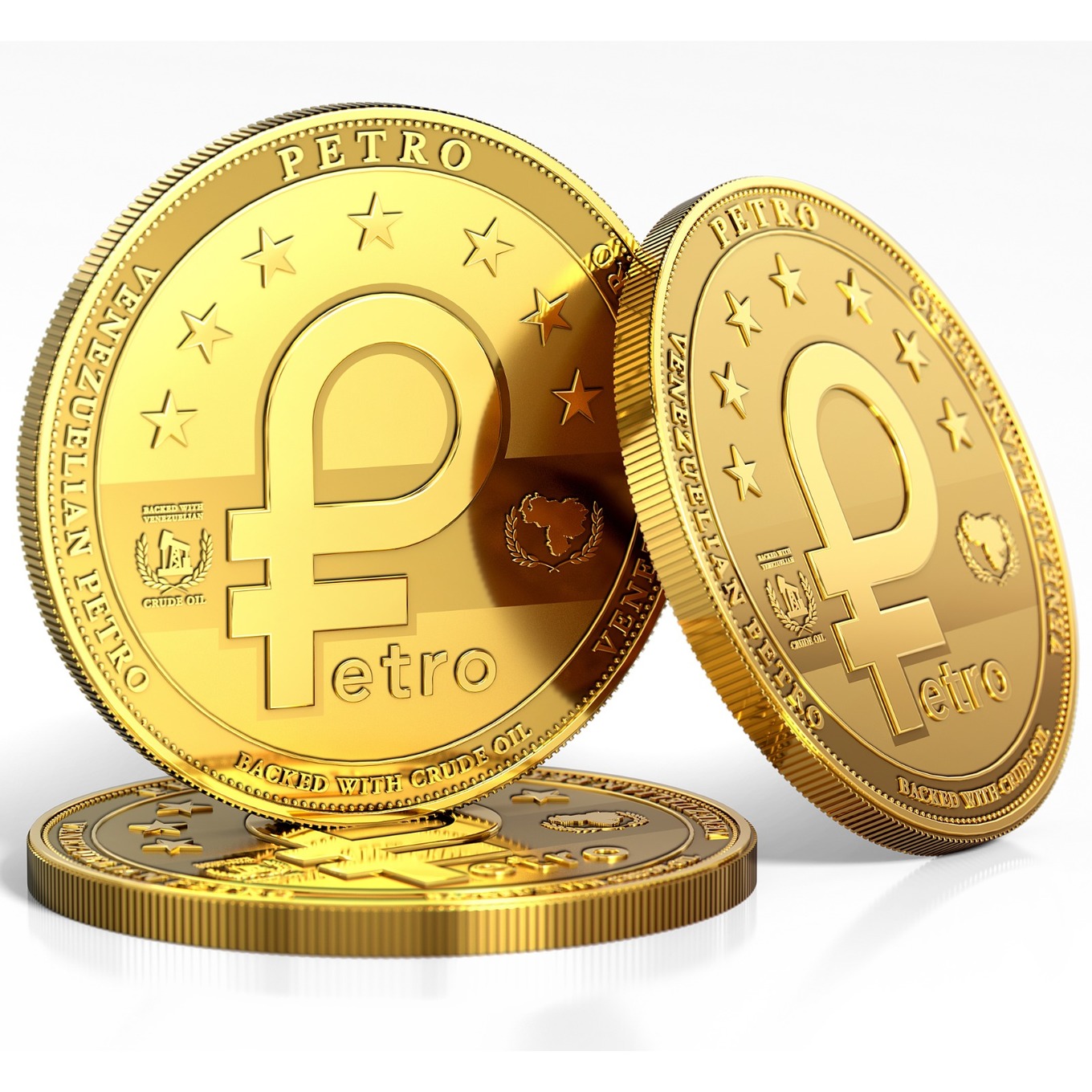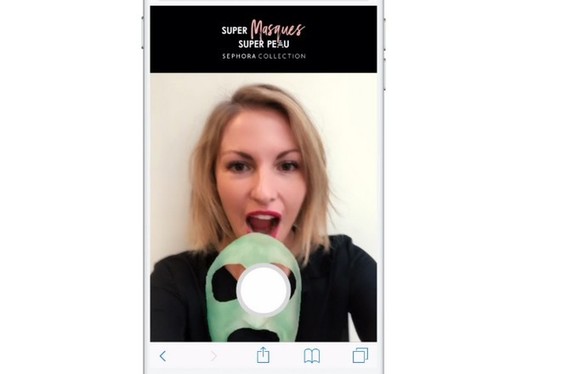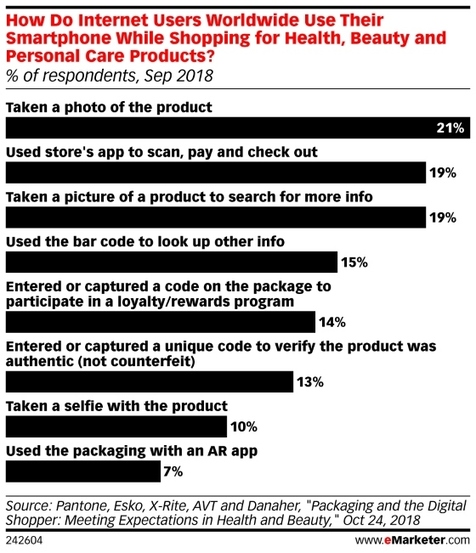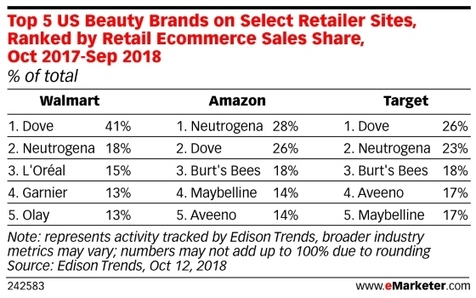Venezuela Begins Public Sale of National Cryptocurrency Petro
On Monday, the Venezuelan government announced that the public can now purchase the country’s national cryptocurrency directly from the Superintendency of Cryptoassets and Related Activities (Sunacrip). Sunacrip is in charge of regulating all crypto-related activities in Venezuela.The petro was originally backed by only oil. However, its latest whitepaper shows that the digital currency is now also backed by gold, iron, and diamond. The Venezuelan government-backed newspaper Correo del Orinoco wrote:This Monday the sale of el petro cryptocurrency is successfully launched for all Venezuelans and those who want to make financial transactions digitally through this mechanism.Venezuela’s vice president of the economy, Tareck El Aissami, explained that the petro can currently be acquired with a number of foreign currencies and cryptocurrencies. Accepted fiat currencies include the dollar, yuan, and the euro, he elaborated, adding that accepted cryptocurrencies include BTC, ETH, and XEM.Buyers can visit the Sunacrip headquarters to purchase the petro with cash. Purchasing with cryptocurrencies can also be done on the petro’s official website, El Aissami noted.








